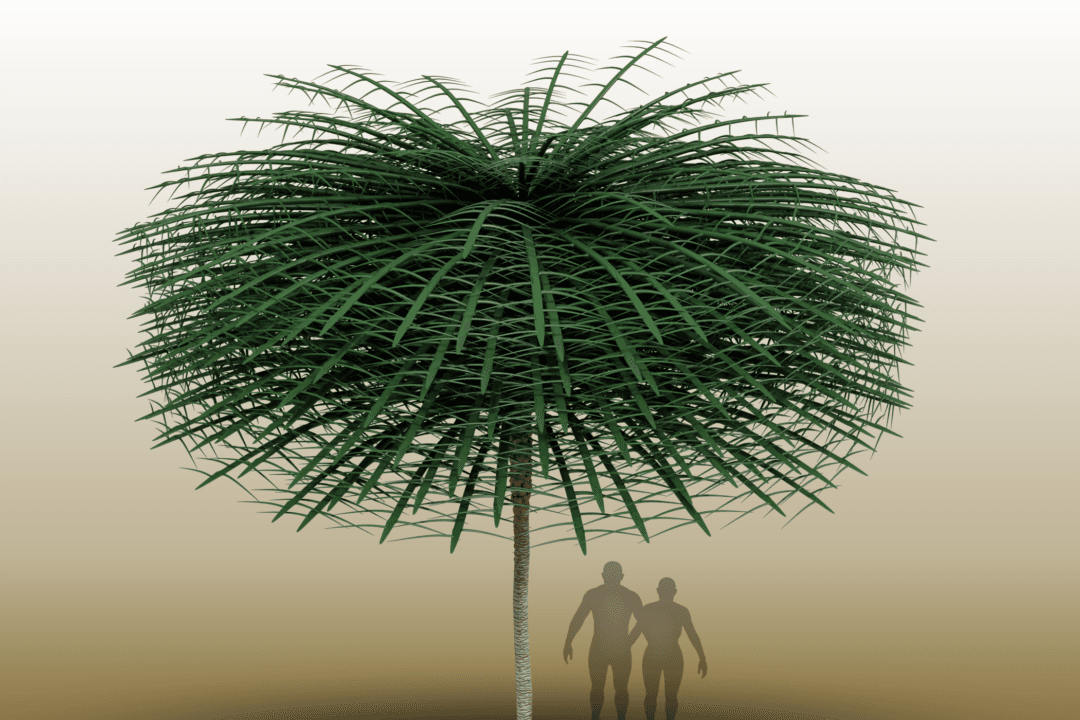Researchers in Eastern Canada have discovered a unique tree fossil encased in stone with its branches and leaves attached; an unusual finding when it comes to fossils.
The discovery was made in 2017 at the Sanford Quarry in Norton, New Brunswick by Matt Stimson, an assistant curator of geology and paleontology at the New Brunswick Museum (NBM), and Olivia King, a research associate with the museum, according to a NBM press release. The discovery was made public on Feb. 5 following “six years of research by an international research team,” said NBM.





